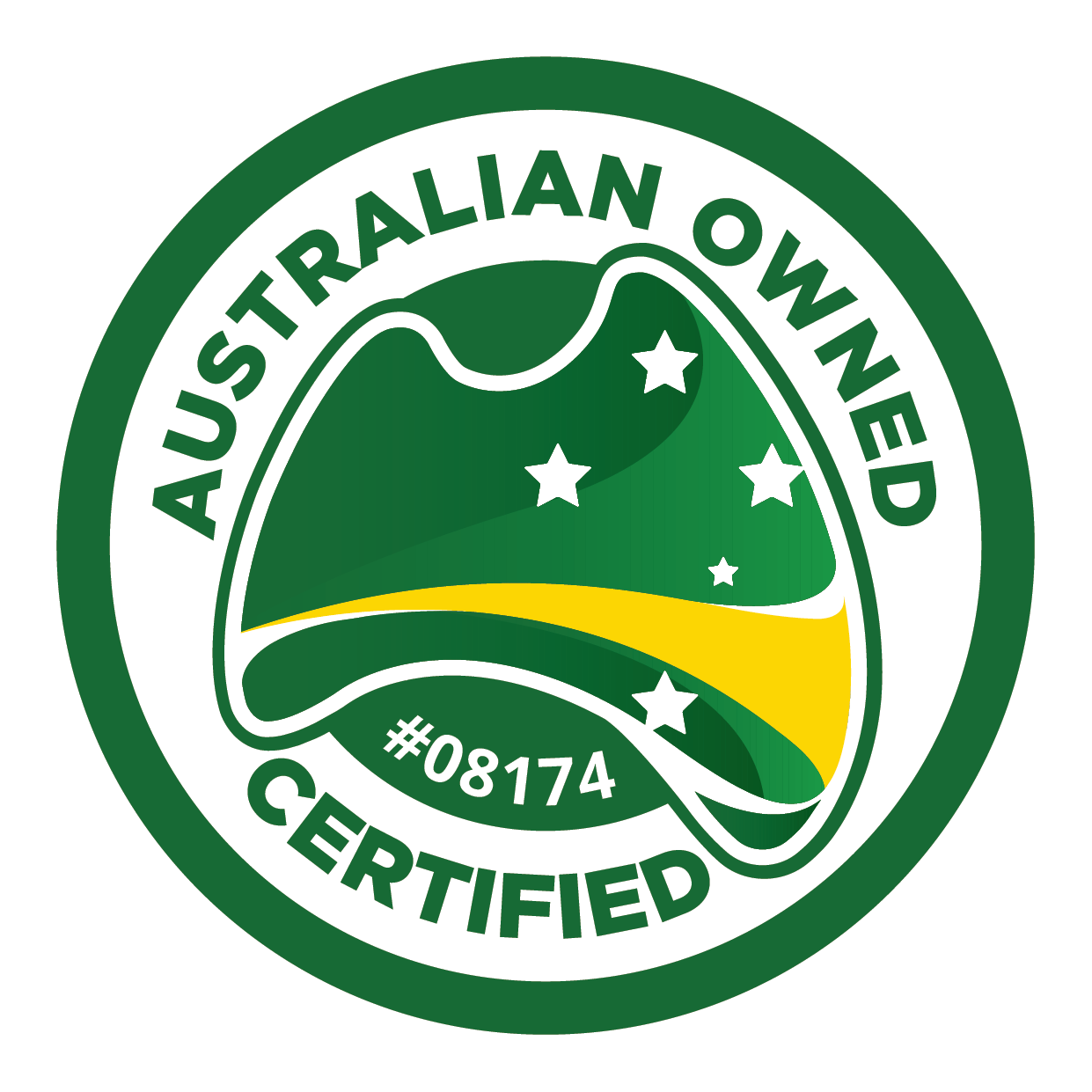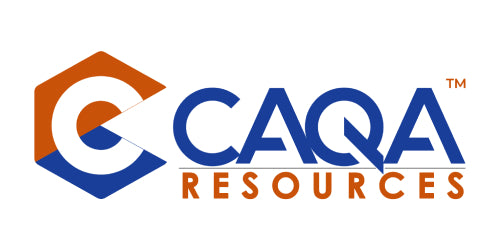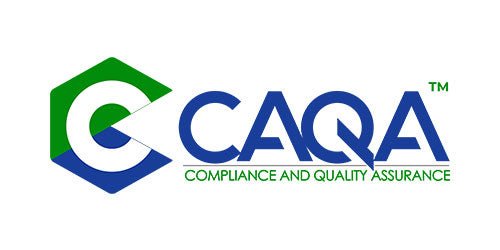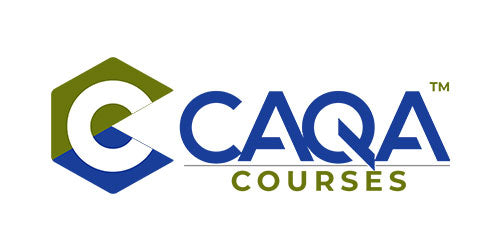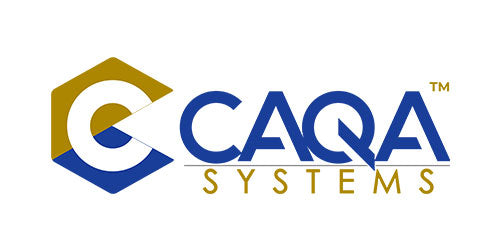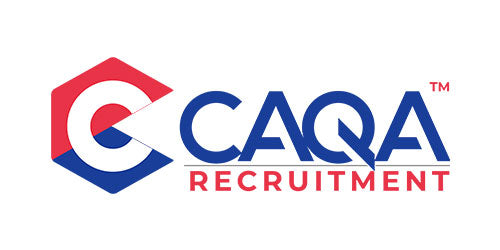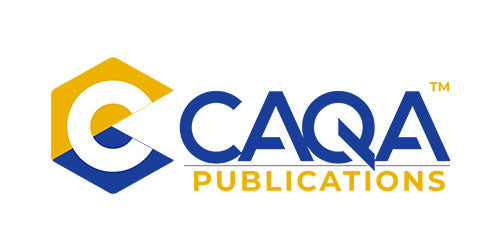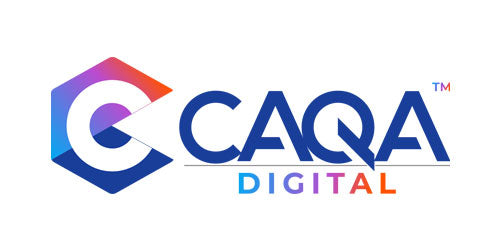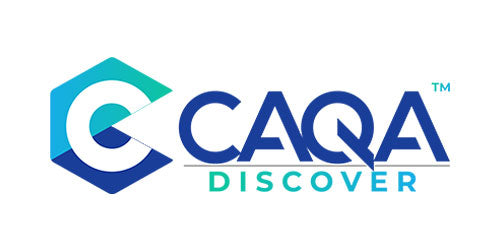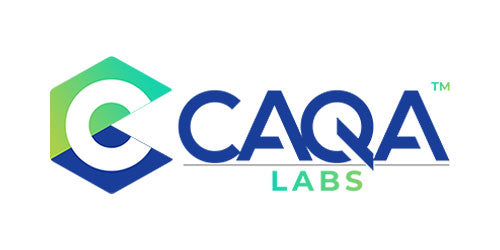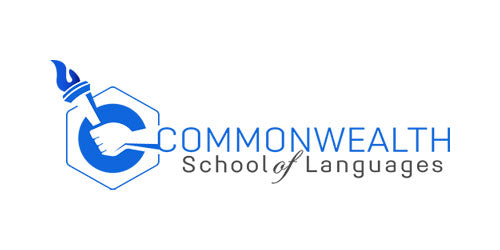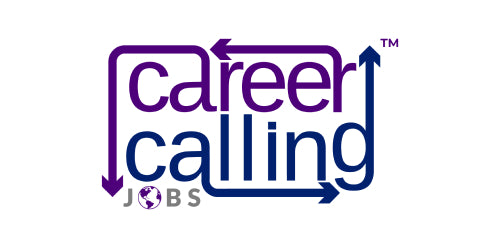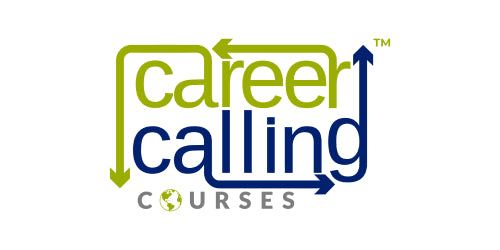Bloom's Taxonomy, a hierarchical model of cognitive skills, has been widely used in education to guide the development of learning objectives, curriculum, and assessments. While initially designed for traditional academic education, Bloom's Taxonomy is also highly effective in the Vocational Education and Training (VET) sector. The taxonomy's focus on different levels of cognitive processing aligns well with the practical, competency-based training approach of VET. This article explores how each level of the cognitive domain of Bloom's Taxonomy can be applied in VET.
Understanding Bloom's Taxonomy
Bloom's Taxonomy is a classification of different outcomes and skills that educators set for their students. It was proposed in 1956 by Benjamin Bloom, an educational psychologist at the University of Chicago. The taxonomy has recently been updated to include six levels of learning:
Remembering:
This level involves retrieving, recognizing, and recalling relevant knowledge from long-term memory. In VET, remembering is important for learners to recall foundational information and facts related to their field.
Understanding:
Understanding requires learners to construct meaning from oral, written, and graphic messages. This level includes interpreting, exemplifying, classifying, summarizing, inferring, comparing, and explaining. In VET, understanding is crucial for comprehending technical manuals, safety regulations, and other essential information.
Applying:
Applying involves using knowledge to execute or implement a procedure. In VET, this level is significant as learners apply their theoretical knowledge to solve real-world problems. For example, an automotive repair student applies their knowledge to troubleshoot and fix an engine issue.
Analyzing:
Analyzing requires breaking down material into constituent parts and understanding how these parts relate to each other and to an overall structure or purpose. In VET, analysis plays a key role as learners need to understand complex systems and processes within their field. For instance, a nursing student analyzes patient symptoms to identify underlying medical conditions.
Evaluating:
Evaluating involves making judgments based on criteria and standards. In VET, learners must be able to assess the quality of their work or the work of others against established industry standards. This level ensures that learners can critically evaluate their own competency and performance.
Creating:
Creating is the highest level of Bloom's Taxonomy and involves putting elements together to form a coherent or functional whole. In VET, learners may reach this level when they develop project plans, create new designs, or generate innovative solutions. Creating demonstrates learners' ability to integrate and apply their knowledge in new and meaningful ways.
Applying Bloom's Taxonomy in VET
Applying Bloom's Taxonomy in VET involves designing learning objectives, instructional strategies, and assessments that align with each level of the taxonomy. Here are some examples of how each level can be applied in the VET context:
Remembering: In VET, learners need to remember foundational knowledge and facts relevant to their field. For example, a culinary student should be able to recall the names of different cooking techniques or the ingredients of specific dishes.
Understanding: Learners should demonstrate understanding by interpreting technical manuals, regulations, or instructions related to their field. For instance, a construction student should be able to explain the purpose and proper use of different building materials.
Applying: VET learners should apply their knowledge to solve practical problems. For example, a hairdressing student may apply their knowledge of different hair treatments to recommend appropriate solutions for specific client needs.
Analyzing: Analytical skills are essential in VET, as learners often need to analyze complex systems or processes. For instance, a student in logistics management should be able to analyze supply chain networks and identify potential areas for improvement.
Evaluating: Learners should be able to assess the quality and effectiveness of their work or the work of others in relation to industry standards. For example, a student in automotive engineering should be able to evaluate the safety and efficiency of a vehicle design.
Creating: VET learners should be encouraged to develop innovative solutions and create new designs within their field. For instance, a graphic design student might create a visually appealing and functional website for a client.
By incorporating activities and assessments that address each level of Bloom's Taxonomy, VET educators can ensure that learners develop a comprehensive set of cognitive skills that align with the competency requirements of their field.
Conclusion
In the VET sector, Bloom's Taxonomy can guide the development of learning objectives, assessments, and teaching strategies. By aligning training materials and assessments with the different levels of Bloom's Taxonomy, VET providers can ensure they are developing both the theoretical knowledge and the practical skills necessary for students to achieve competency in their chosen field.
It's important to note that while Bloom's Taxonomy is typically presented as a linear hierarchy, the actual learning process can be more complex and iterative, with learners often moving back and forth between different levels as they acquire new skills and knowledge. Therefore, VET providers should aim to create flexible learning environments that allow for this complexity, supporting students as they navigate their unique learning journeys.
Suggested Read: Understanding Competency-Based Assessment and Training in VET
















